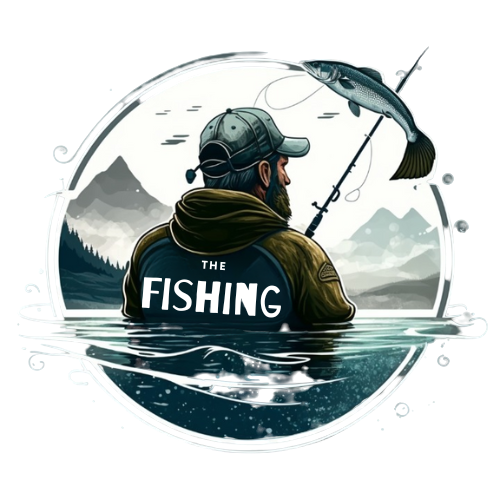Fishing bobbers are a key piece of equipment for anglers. They serve the important purpose of indicating when you have a bite on your line. There are many different types of fishing bobbers available, each with its own benefits and best uses.
This article will provide an overview of the most common types of fishing bobbers, their key features, and how to use them to improve your fishing success.
Let’s explore the top types of fishing bobbers and how they can boost your catches.
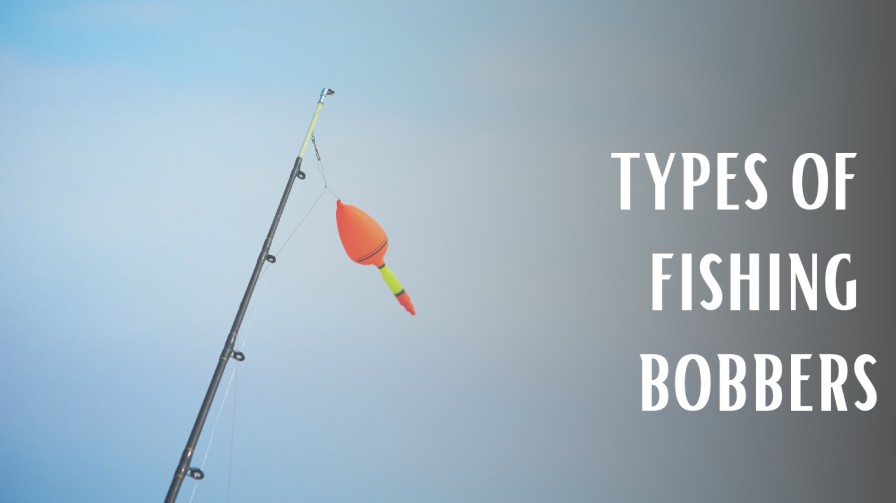
Table of Contents
Here are the 11 popular types of fishing bobbers:
- Round Bobbers
- Cigar Floats
- Slip Bobbers
- Popping Corks
- Waggler Floats
- Glow-in-the-Dark Bobbers
- Spring Bobbers
- Pencil Bobbers
- Diving Bobbers
- Balsa Wood Bobbers
- Micro Bobbers
1) Round Bobbers
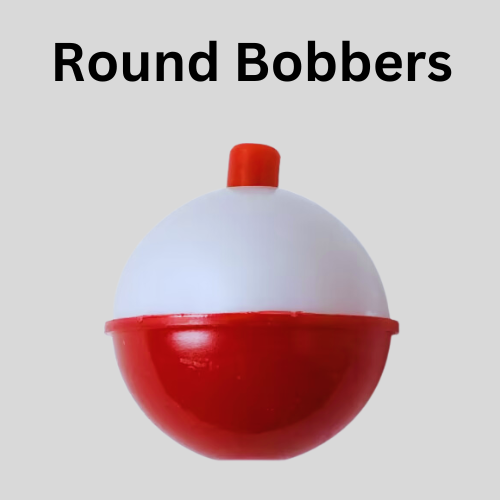
The classic round plastic or wooden bobber is a staple for many fishermen. Round bobbers are widely available in different sizes and bright colors like red, white, yellow, and fluorescent. They are affordable, easy to use, and highly visible on the water.
- Pros – Versatile, easy to cast, inexpensive
- Cons – Can roll in waves or wind
Round bobbers are great for still-water fishing.
They allow you to set a fixed depth using a bobber stop knot. Cast the bobber out and wait for it to jerk sideways or vertically when a fish bites.
Use smaller sizes for shallow water and calm conditions.
Larger sizes for deeper water or casting distance. Round bobbers work well for live bait rigs.
2) Cigar Floats
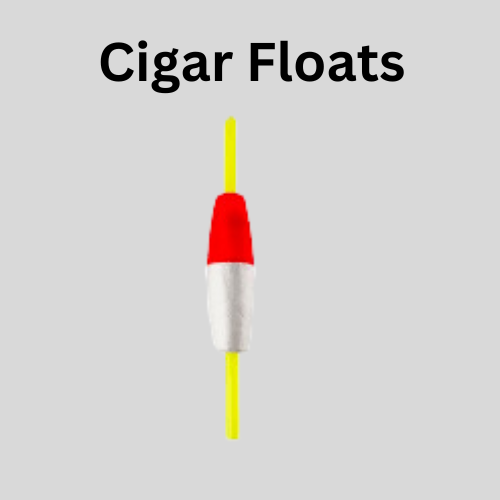
Cigar floats have a cylindrical shape that slices through the water more efficiently than spherical bobbers. Their aerodynamic shape makes them less affected by wind. Cigar floats also offer the advantage of resisting current, making them a top choice for rivers and streams.
- Pros – Handles current well, casts far, wind resistant
- Cons – Less visible colors and sizes
Cigar floats excel when fished vertically by casting upstream and drifting the bait back toward you. Their slim shape allows the bait to drift naturally in moving water.
Use a split shot to balance the rig. Cigar floats come in various lengths from 2 to 5 inches.
No longer in deep or fast currents. Use glow colors like chartreuse in low light.
3) Slip Bobbers
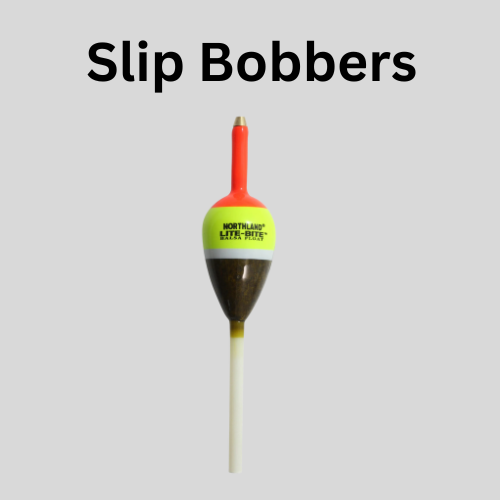
Slip bobbers are floats that slide freely up and down your fishing line. They allow you to adjust the depth by moving a stop knot or bead below the bobber. Slip bobbers are excellent for fishing from shore where you need to make frequent depth changes.
- Pros – Adjustable depth, sensitive to light bites
- Cons – Can slip up the line when reeling in fish
To use a slip bobber, pinch on a small bead or knot at the depth you want to fish. Cast out the rig and the bobber will stop when it hits the bead.
Jigging causes the bead and bait to bounce just off the bottom, triggering strikes. Slip bobbers excel for crappie, bluegill, and trout fishing.
Go with smaller diameters that detect subtle bites.
4) Popping Corks
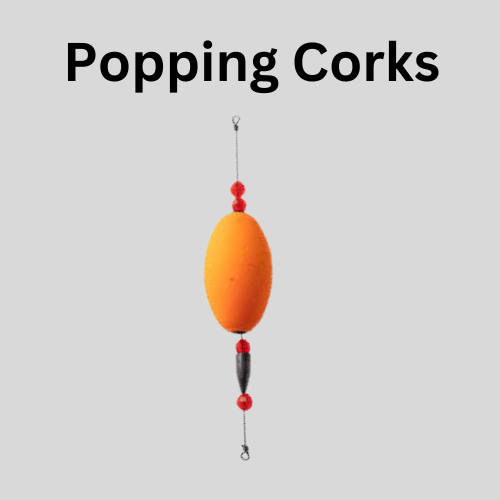
Popping corks, also called popping bobbers, are designed to make a loud popping noise when a fish strikes your bait. The cork has a concave top that makes a distinctive “pop” when pulled down. Popping corks create a visual and audio indication of a bite.
- Pros – Creates obvious visual/audio strikes
- Cons – Only for topwater fishing
Popping corks work well for active predator fish like bass, pike, and trout that attack bait on the surface. They allow you to suspend baits at different depths below the cork.
Use steady retrieves to generate regular pops to attract fish. Vary the size based on wind and casting distance.
5) Waggler Floats
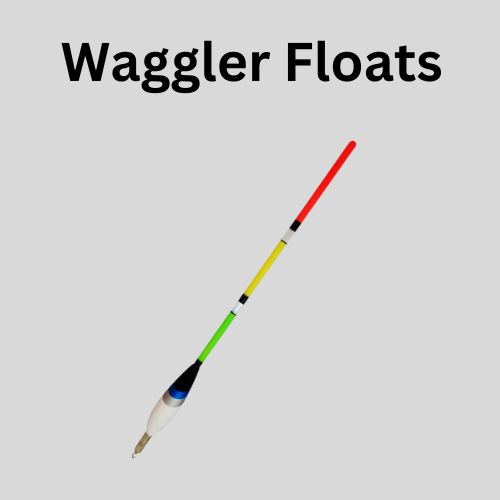
Waggler floats have a classic teardrop shape with a bulbous top that tapers down to a slim weighted stem. The weighted stem causes the waggler to stand upright in water. Waggler floats shine when fishing in moving water.
- Pros – Remains upright in current, casts far
- Cons – Not as easy to cast as round bobbers
The key benefit of waggler floats is their ability to drift naturally with the current while remaining vertical. This presents the bait perfectly.
Use them when float fishing rivers, surf, or anywhere current is a factor. Match the waggler size to depth.
Go with longer stems and more weight in faster flows. Glow tip wagglers improve visibility.
6) Glow-in-the-Dark Bobbers
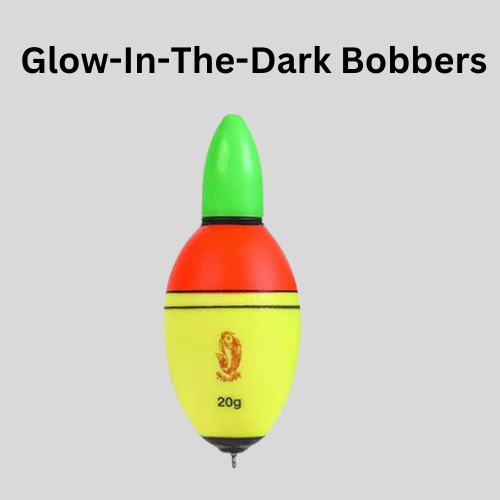
Glow-in-the-dark fishing bobbers contain luminescent paint or plastic that absorbs light during the day to emit a bright green glow at night. These bobbers provide excellent visibility for after-dark fishing.

- Pros – Lets you detect bites in darkness
- Cons – Glow wears off over time
Glow bobbers are ideal for targeting species like catfish, walleye, and trout that feed more actively at night. They allow you to see the subtle bite indications that are nearly impossible to detect in darkness.
Charge the glow regularly with a flashlight. Use glow slip bobbers to find the perfect depth.
7) Spring Bobbers
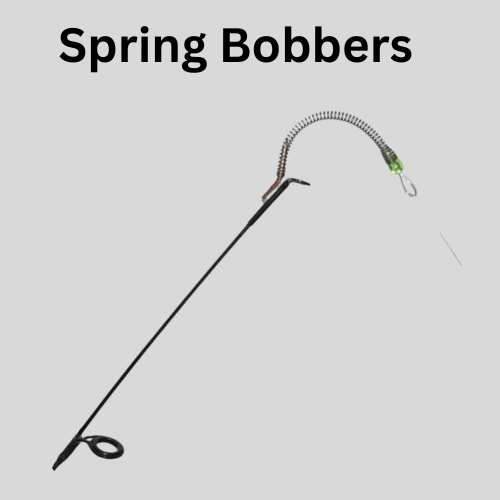
Spring bobbers contain an internal spring so they cock down when a fish pulls the line. The spring releases back up when pressure is released. Spring bobbers are highly sensitive for detecting light bites from fish like crappie and bluegill.
- Pros – Sensitive to subtle bites, spring back up
- Cons – Can have more false triggers due to sensitivity
The spring mechanism amplifies bite detection, allowing you to see the smallest nibbles.
Use with small hooks and live bait. Focus on fishing structures like docks and weed edges where panfish hide.
Choose smaller sizes for shallow water.
8) Pencil Bobbers
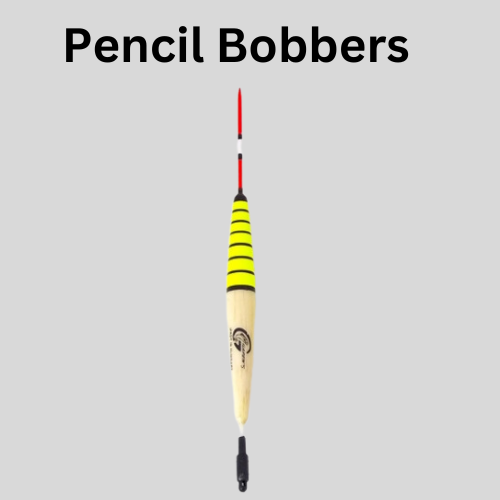
Pencil bobbers are extra long, thin floats that resemble a pencil shape. Their long design makes them extremely sensitive for detecting light bites. Pencil bobbers also slide up and down the line similar to slip bobbers.
- Pros – Very sensitive, adjustable depth
- Cons – Can turn sideways in the wind
Use pencil bobbers when you need maximum bite visibility from wary fish. They excel for finicky trout in clear water that nips the bait lightly.
The length helps keep the baits upright and hooks from snagging bottom. Add weight below to cast.
9) Diving Bobbers

Diving bobbers contain a plastic lip that causes them to dive below the surface when twitched. Anglers work diving bobbers like a crankbait, pulling them underwater.
- Pros – Actively works lures, gets bait deeper
- Cons – Not for passive fishing
Diving bobbers add action to attract active predators. Use them with jigs, soft plastics, and spoons.
Vary the retrieve to control depth and mimic injured baitfish. The diving action helps trigger reaction bites. Target fish like bass, walleye, pike, and trout.
10) Balsa Wood Bobbers
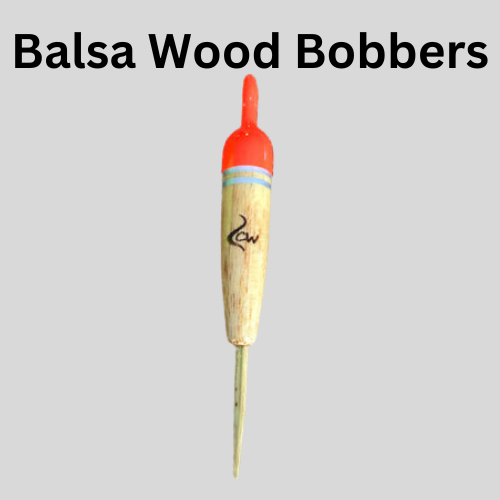
Balsa wood bobbers provide a traditional look and feel. Balsa is lightweight and floats well. Anglers appreciate the aesthetic of natural wood.
- Pros – Classic style, organic material
- Cons – Not as durable as modern materials
Balsa bobbers deliver a vintage vibe combined with functionality. Their carved wood designs look sharp on the water.
Choose balsa bobbers for their beauty and to embrace traditional fishing methods.
Use with live bait rigs and set depths with stop knots.
11) Micro Bobbers
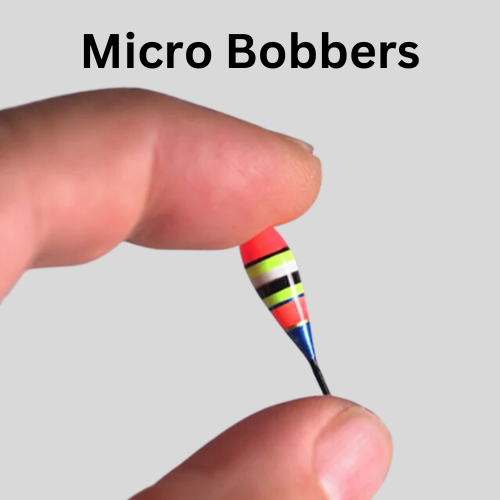
Micro bobbers, as the name implies, are very small, lightweight bobbers that are only a few millimeters in diameter. Their tiny profile makes them ultra-sensitive.
- Pros – Detect the lightest nibbles, excellent for panfish
- Cons – Harder to cast far, not for rough conditions
Micro bobbers really shine for detecting picky eaters like crappie and bluegill in clear water conditions. They enable you to see every faint bite indication on the surface.
Use with 2-4 lb. test line and keep casts short. Add one split shot above tiny jigs.
Recommended Bobbers by Fish Species and Conditions
Here are some recommendations for the best types of fishing bobbers for different fishing situations:
| Fishing Target | Recommended Bobbers |
|---|---|
| Panfish (crappie, bluegill) | Micro bobbers, spring bobbers, pencil bobbers |
| Trout | Slip bobbers, pencil bobbers |
| Bass | Popping corks, diving bobbers |
| Walleye | Slip bobbers, glow bobbers |
| Catfish | Glow bobbers, slip bobbers, round bobbers |
| Saltwater | Popping corks, cigar floats |
| Surf fishing | Waggler bobbers |
| Rivers and streams | Cigar floats, waggler bobbers |
| Windy conditions | Cigar floats, round bobbers |
| Night fishing | Glow-in-the-dark, lighted bobbers |
| Ice fishing | Small round bobbers, spring bobbers |
FAQs:
What is the difference between a float and a bobber?
The main difference between a float and a bobber is that a float is a more generic term for any object that floats to indicate a bite, while a bobber is a specific type of float used in fishing. Bobbers are designed specifically for fishing and usually have features like bright colors, casting ability, and attaching mechanisms.
What is the difference between a peg float and a slip bobber?
The difference between a peg float and a slip bobber is that a peg float is fixed to a certain depth by a peg or stop knot. A slip bobber slides freely up and down the fishing line, allowing adjustable depth. With a slip bobber, you pinch on a stop at the desired depth.
What is fishing with a bobber called?
Fishing with a bobber is usually called float fishing or still fishing. The bobber allows the bait to suspend at a fixed depth, remaining stationary until a fish pulls it under the water. This is an easy and effective fishing technique.
Should I use a bobber or a sinker?
Using both a bobber and a sinker is recommended in many fishing situations. The sinker adds weight to the line so you can cast farther and keep the bait down in deeper water or current. The bobber floats on the surface to indicate bites. The sinker sinks and the bobber floats.
Do you need a sinker with a bobber?
In most cases, yes you do need to use a sinker together with a bobber. The sinker is what causes the bait to sink down below the bobber. Without any weight from a sinker, the bait would just dangle below the surface. The sinker gets your bait down to the desired depth.
Conclusion
Fishing bobbers are a versatile tool every angler should have in their arsenal. They serve the vital purpose of indicating bites, allowing you to detect fish that would otherwise go unnoticed.
With so many types of fishing bobbers available, it pays to understand the different styles and their attributes so you can choose the best option for your fishing situation.
Consider factors like visibility, buoyancy, weight, and water conditions when selecting your bobber. Rig and adjust the bobber properly for the depth you want to fish.
When matched correctly to your gear, bait, and fishing methods, bobbers will help you catch more fish and make every trip more enjoyable.
